native shrub with red berries- ID??
kazoonative
16 years ago
Related Stories

GARDENING GUIDES8 Native Shrubs for Year-Round Bird Feeding
It’s not just about berries. These plants provide insects for birds and seasonal interest for gardeners
Full Story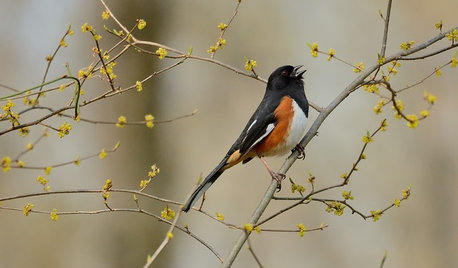
GARDENING GUIDES10 Standout Native Shrubs and Small Palms for Southern Gardens
These hardworking plants serve a variety of purposes, such as screening views and attracting native wildlife
Full Story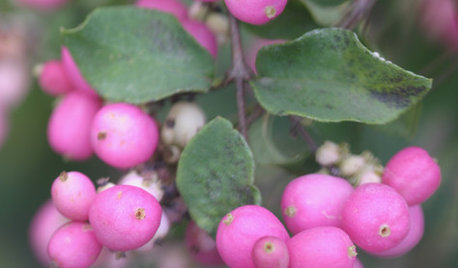
LANDSCAPE DESIGN5 Berry-licious Shrubs to Plant Now for Winter Interest
Showy color during snow season? You bet. These shrubs will wake up a garden with colorful berries when other plants are asleep
Full Story
GARDENING GUIDES15 Native Flowers That Feed Native Bees
These perennials offer superfood to hundreds of bees and are gorgeous in their own right
Full Story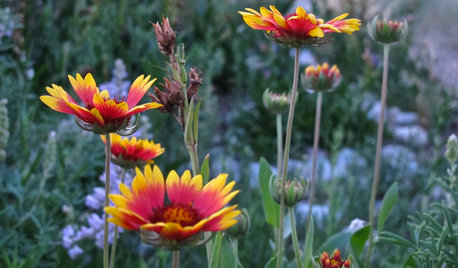
GARDENING GUIDESThese Hummingbird-Attracting Native Plants May Surprise You
These flowers, vines and shrubs offer shelter and food supplies that keep hummingbirds around longer
Full Story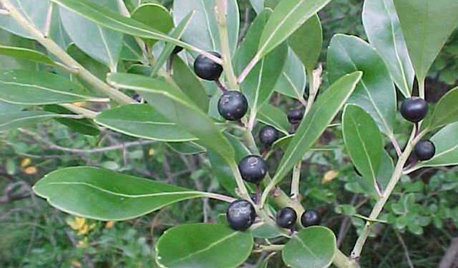
FLOWERS AND PLANTSEasterners: Consider This Native Alternative to Boxwood
Inkberry, or Ilex glabra, excels as a foundation plant or formal hedge perfectly suited to the East Coast
Full Story
GARDENING FOR BIRDSFeed the Birds: 6 Plants for Abundant Winter Berries
Be kind to your fair feathered friends during lean food times by planting a shrub or tree loaded with nutritious snacks
Full Story
LANDSCAPE DESIGNNative Plants Help You Find Your Garden Style
Imagine the garden of your dreams designed with plants indigenous to your region
Full Story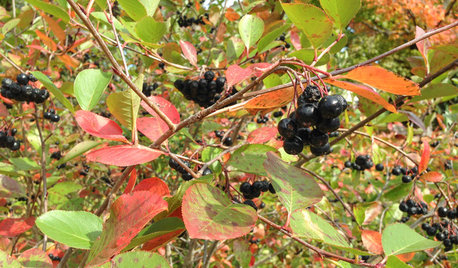
GARDENING GUIDESGreat Design Plant: Aronia Melanocarpa, a Star for Three Seasons
Plant black chokeberry in moist sites in eastern U.S. gardens for colorful spring flowers, red fall foliage and dark blue berries
Full Story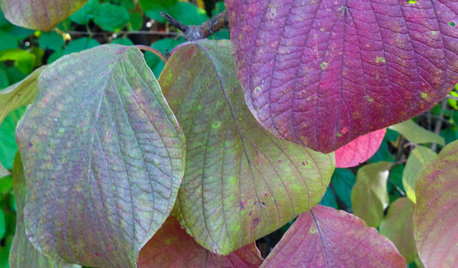
FLOWERS AND PLANTSCornus Rugosa, an Understated, Elegant Native Dogwood
Plant roundleaf dogwood for showy white flowers favored by pollinators in spring and for beautiful foliage in fall
Full StoryMore Discussions








IanW Zone 5 Ont. Can.
Iris GW
Related Professionals
Pelham Landscape Contractors · East Chicago Landscape Contractors · Fairview Landscape Contractors · Kettering Landscape Contractors · Reisterstown Landscape Contractors · Everett Window Contractors · Dayton Window Contractors · Kearns Window Contractors · Phelan Window Contractors · Gages Lake Driveway Installation & Maintenance · Coatesville Decks, Patios & Outdoor Enclosures · Des Moines Decks, Patios & Outdoor Enclosures · Dracut Decks, Patios & Outdoor Enclosures · Prescott Decks, Patios & Outdoor Enclosures · Salisbury Decks, Patios & Outdoor Enclosuresmad_gallica (z5 Eastern NY)
IanW Zone 5 Ont. Can.
kazoonativeOriginal Author
Iris GW
IanW Zone 5 Ont. Can.
kazoonativeOriginal Author
Embothrium
kazoonativeOriginal Author
Iris GW